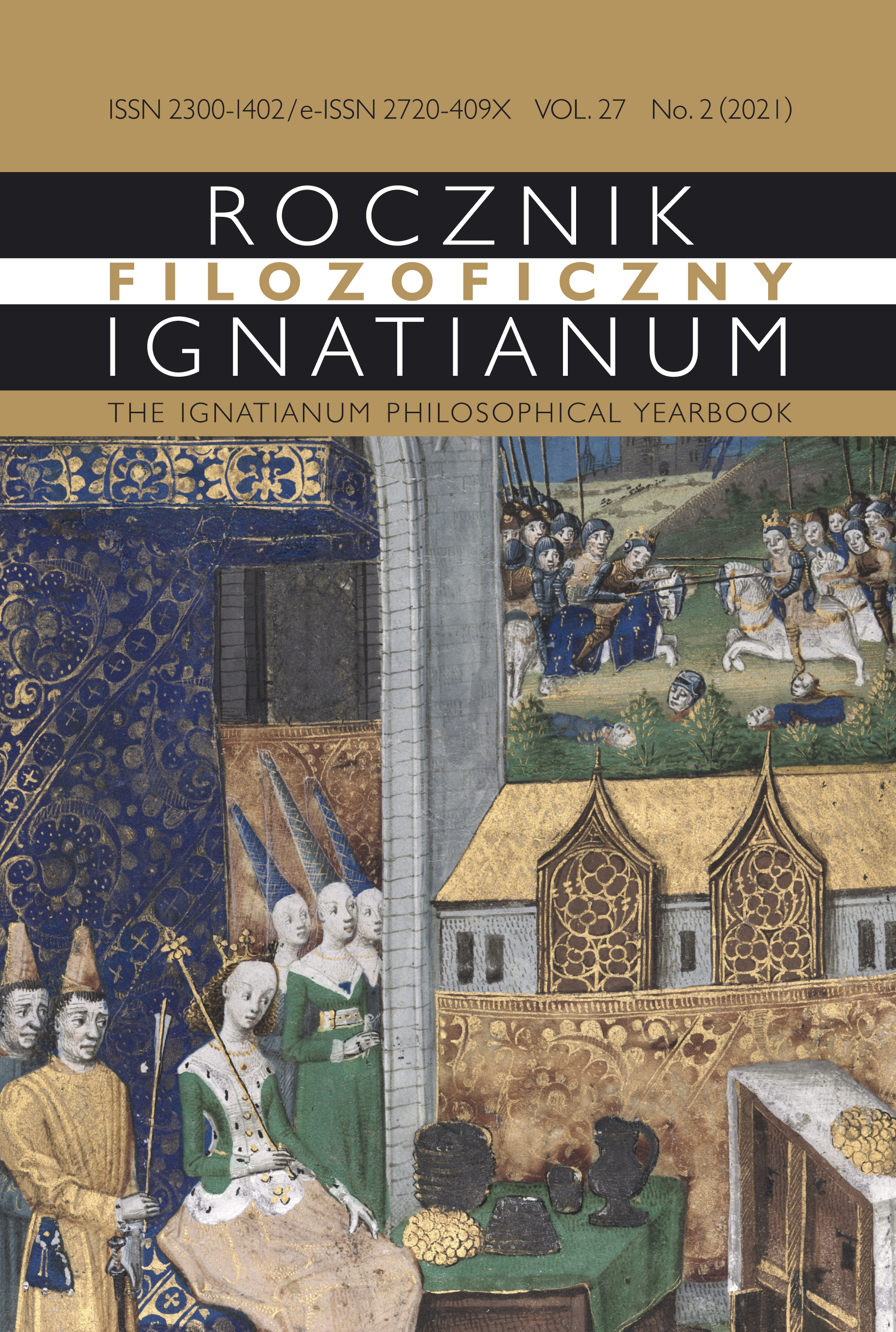Inhibition of Return (IOR): Is it Consciousness of an Object without Attention or Attention without an Object and Consciousness?
Abstract
The crux of the dispute on the mutual relations between attention and consciousness, and to which I have referred in this paper, lies in the question of what can be attended in spatial attention that obviously resonates with the phenomenological issue of intentionality (e.g., the noesis-noema structure). The discussion has been initiated by Christopher Mole. He began by calling for a commonsense psychology, according to which one is conscious of everything that one pays attention to, but one does not pay attention to all the things that one is conscious of. In other words, attention is supposed to be a condition which is sufficient but not necessary for consciousness, i.e., consciousness is a necessary concomitant of attention, but attention is not a necessary concomitant of consciousness. Mole seeks to validate his stance with data from psychology labs. His view is, however, partly confronted, for instance, by Robert Kentridge, Lee de-Wit and Charles Heywood, who used their experimental research on a neurological condition called blindsight as evidence of a dissociation between attention and consciousness, i.e., that visual attention is not a sufficient precondition for visual awareness. In this meta-theoretical state of affairs, I would like to focus on the cognitive phenomenon most often referred to as Inhibition of Return (IOR) and suggest that, following its micro dynamics from the perspective of micro-phenomenology, it can be used to actually showcase all of the options on both sides of the argument. One of my leading goals would be also to follow Mole’s attempt to link attention with agency but where we differ is that I wish to heuristically articulate the matter in terms of Merleau-Ponty’s phenomenological notion of embodied pre-reflective intentionality.
Copyright (c) 2021 Jesuit University Ignatianum in Krakow

This work is licensed under a Creative Commons Attribution-NoDerivatives 4.0 International License.
The Yearbook only accepts materials for publication that are free of all conflicts of interest, and that in no way involve conflicts over authorship, copyright, etc. The Editors will take action against any cases of plagiarizing, ghostwriting1, guest/honorary authorship2, etc. Where co-authored work is concerned, the Author listed first is expected to take responsibility for the submission, and is required to make clear the contributions of all of the Co-Authors involved. In the event of the publication owing its existence to funding dedicated to this purpose, this fact should be made clear: e.g. in any note of thanks/acknowledgement, or in a footnote, etc. Explicit notification should be given of any form of reprinting, with the appropriate evidence of permission to publish being furnished as required. Any impropriety on the part of Authors/Reviewers risks exposing them to appropriate responses from the relevant institutions.
______
1 This term refers to instances of a person who has made an essential contribution being omitted from the list of authors, or from notes conveying gratitude and/or acknowledgement.
2 This occurs when a person who has made either an insignificant contribution or no contribution at all nevertheless appears on the list of authors.





